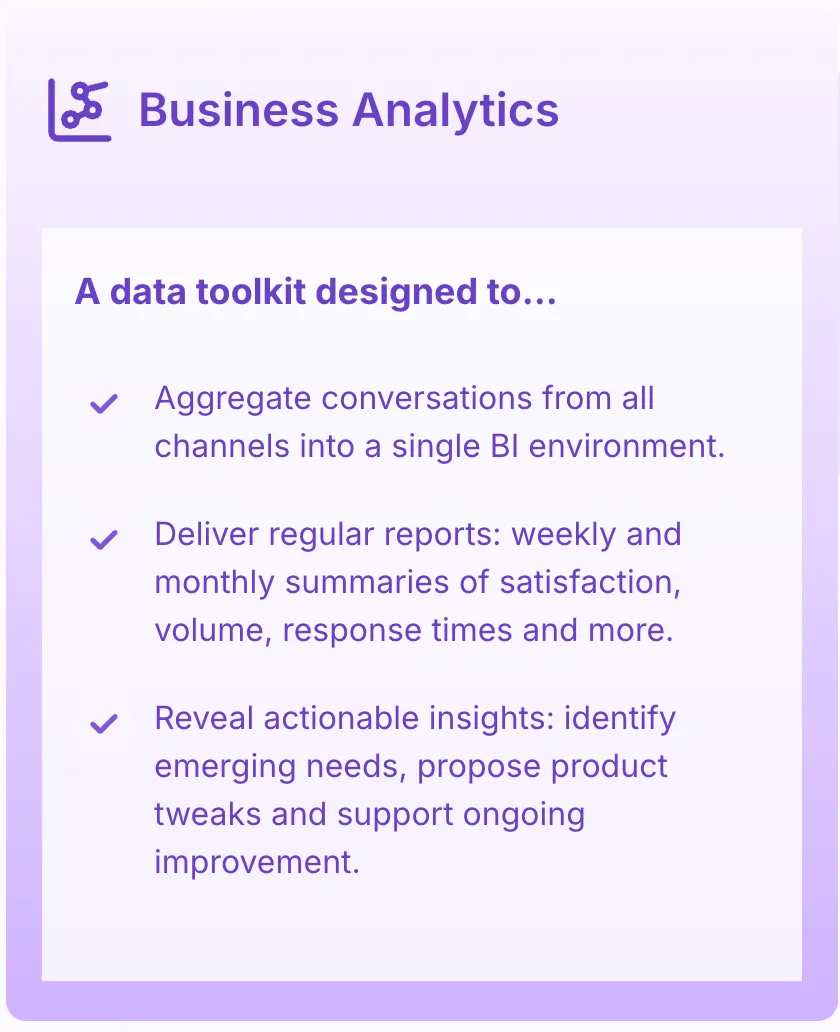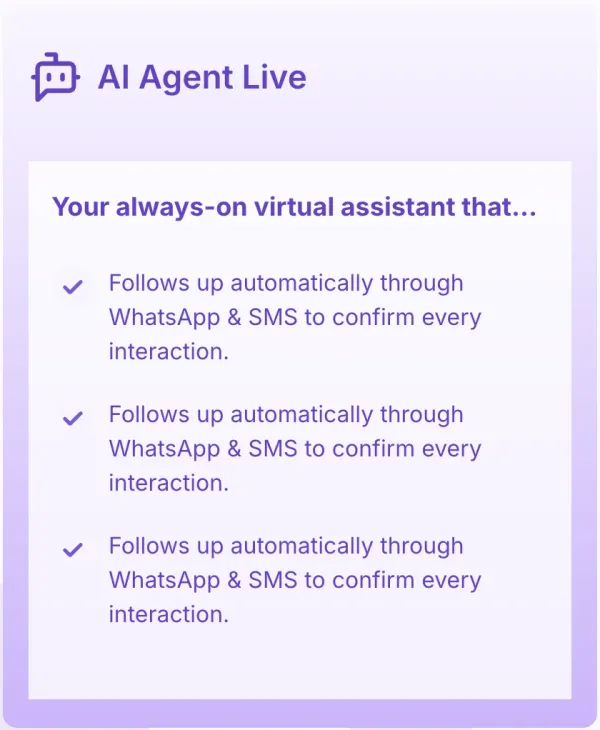A robust business analytics toolkit doesn’t just collect data—it transforms it into a strategic asset. Designed to streamline operations, optimize performance, and enhance customer experience, this toolkit becomes an indispensable part of any forward-thinking organization.
Centralized Conversations: The Power of Aggregation
One of the most powerful features of a modern business analytics toolkit is the ability to aggregate conversations from all channels into a single business intelligence (BI) environment.
Businesses today operate across a dizzying array of platforms—live chat, social media, email, voice calls, help desks, and more. Each of these channels produces valuable customer interaction data, but siloed communication makes it nearly impossible to get a complete picture. That’s where aggregation comes in.
- Eliminate data silos
- Gain a unified view of the customer journey
- Identify recurring issues or themes
- Track performance across teams and timeframes
More importantly, it creates a foundation for strategic decision-making by offering context-rich insights that are otherwise fragmented.
Reporting That Works for You: Weekly and Monthly Summaries
Information without structure is just noise. Regular reporting transforms raw data into actionable intelligence—and that’s exactly what a good business analytics toolkit is designed to deliver.
The toolkit provides both weekly and monthly summaries across key performance indicators (KPIs), including:
- Customer satisfaction
- Conversation volume
- Response times
- First contact resolution
- Sentiment analysis
These reports help teams track progress, highlight wins, and uncover potential problems before they escalate.
From Data to Action: Revealing Insights That Matter
Data collection and reporting are critical—but insight is where the magic happens.
A high-functioning analytics toolkit helps businesses:
- Identify emerging needs
- Understand shifting customer expectations
- Propose product or process improvements
- Pinpoint training opportunities
- Support continuous improvement initiatives
Insights drive evolution. Businesses that act on their data don’t just react to change they lead it.
The Role of Automation in Business Intelligence
Behind the scenes, automation plays a vital role in making this data toolkit so powerful. From aggregating multi-channel conversations to generating regular reports and surfacing relevant insights, much of the work happens without manual input.
- Time saved from manual data collection and formatting
- Reduced risk of human error
- Standardized reporting
- Faster response to emerging trends
This allows human teams to focus on strategy, creativity, and customer engagement.
Enabling Proactive, Not Reactive, Decision-Making
Traditional analytics often focus on “what happened.” Modern business analytics is all about “what’s next.”
This system empowers leaders to:
- Forecast staffing needs
- Plan product development
- Adjust marketing in real-time
- Detect and address risks early
With this proactive approach, businesses gain a serious edge.
Building a Culture of Continuous Improvement
A good analytics environment doesn’t just enable fixes—it enables evolution.
Examples include:
- Running A/B tests on support scripts
- Refining onboarding flows
- Using performance data to coach staff
Data becomes a living part of the organization, supporting constant enhancement.
Final Thoughts: A Toolkit for the Modern Business
Business analytics is no longer optional—it’s mission-critical. And the right toolkit goes beyond dashboards. It:
- Unifies communication data
- Delivers recurring reports
- Surfaces insights that drive real change
By integrating such a system, businesses unlock not just data—but direction, results, and impact.





